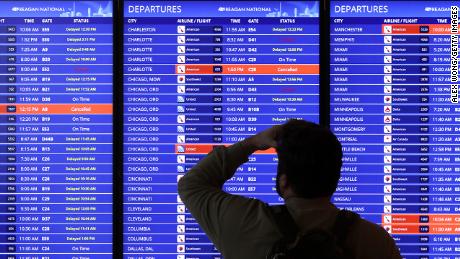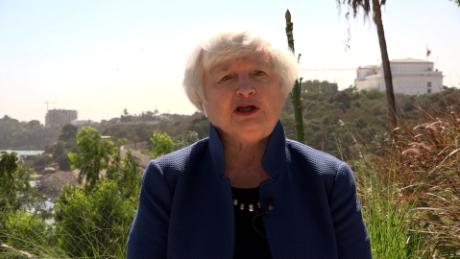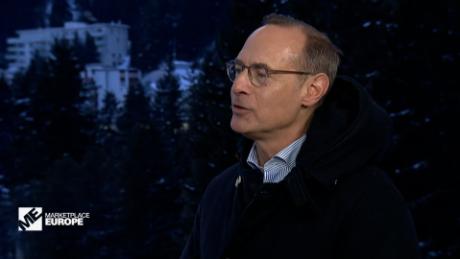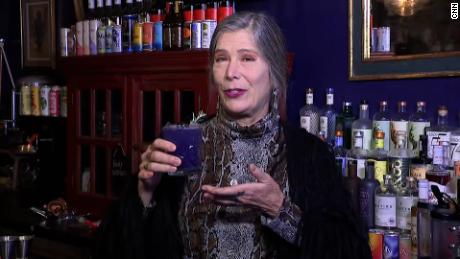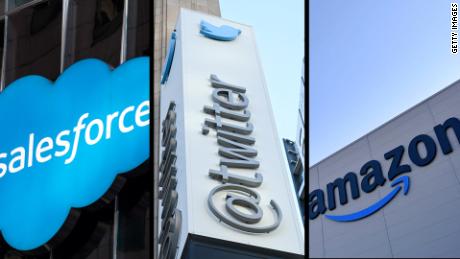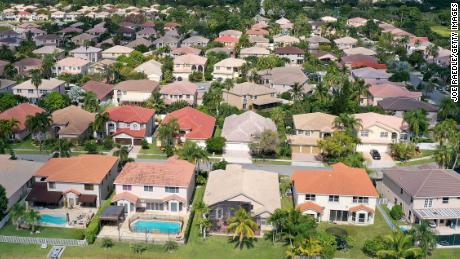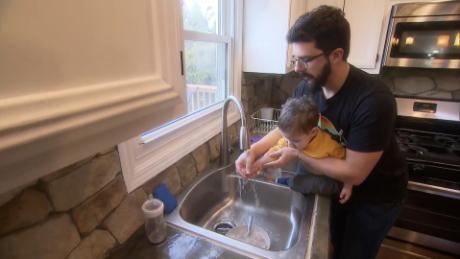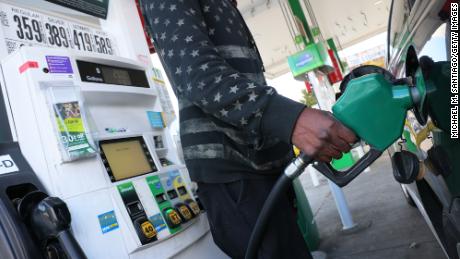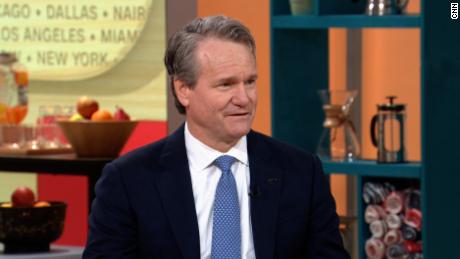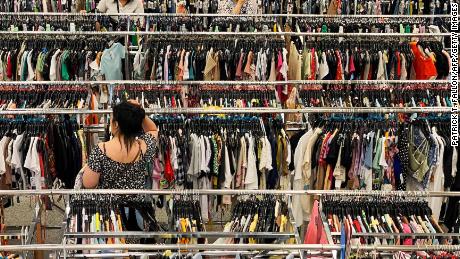The pandemic has further expanded the divide between people who are thriving financially and those who are barely hanging on. The stock market continues to soar, enriching wealthy investors, while millions of other Americans are out of work and must rely on unemployment and other benefits.
A similar divide is happening in the housing market. People who already owned high-end property before the pandemic are seeing their wealth grow as the luxury end of the market booms. Meanwhile, being able to afford a new home is getting further out of reach for those looking to buy in the low- and middle-tiers of the market.
Homeowners with mortgages gained an average of $17,000 in equity in the third quarter of 2020 over the year before, the biggest equity gain since 2014, according to CoreLogic.
Home prices across the board have risen as demand has soared. The pandemic-induced recession brought mortgage rates down to record lows, just as many people sought to relocate to homes offering more space for remote work. That demand, combined with a shortage of supply of available homes on the market, has helped push the median home price in the US to $310,800, according to the National Association of Realtors. That's 14.6% higher than a year ago, according to NAR's most recent numbers.
Rising home prices and record low inventory have made it even more difficult for would be first-time buyers, who are also hindered by ongoing economic uncertainty and tightening lending standards.
"Housing affordability, which had greatly benefited from falling mortgage rates, is now being challenged due to record-high home prices," said Lawrence Yun, NAR's chief economist. "That could place strain on some potential consumers, particularly first-time buyers."
Housing affordability was already a problem
The homeownership divide had already been growing since 2007, when the Great Recession hit, according to research from the Mortgage Bankers Association's Research Institute for Housing America.
The study found that wealth among US households became increasingly unequal between 2007 and 2016. The bottoming out of home prices in 2012 and a decline in the homeownership rate through 2015 ate away at household net worth. Median real household net worth dropped from $140,000 in 2007 to $97,000 in 2016, or 30% lower than it was before the financial crisis.
The report said that while real household net worth improved between 2016 and 2019 due to rising home prices and homeownership rates, as well as the stock market's steady climb, those gains are likely to be offset by the economic impact of the coronavirus pandemic.
"Middle-class households did not fully recover from the financial crisis, and the poor saw their net worth turn negative and stay negative," said John C. Weicher, director for the Center for Housing and Financial Markets at the Hudson Institute, who conducted the study.
"Meanwhile, the rich recovered faster and their share of wealth increased," he said. "The result is a less-equal America, and many families that fell behind have reasons to worry as they cope with the pandemic and move closer to retirement."
Home prices rising faster than incomes
One big problem is that the cost of a home is still rising at a pace that is no match for meager increases in income.
Home prices are increasing faster than wages in 53 of the nation's 100 largest cities, according to Point2, a real estate data company. There were 15 cities last year where mortgages alone took up more than 30% of homeowners' income, up from 13 cities where that was the case in 2010.
Homebuyers in the most unaffordable cities would need to earn up to $43,567 more per year to avoid being cost burdened, according to Point2, which noted that this comes at a time when many Americans may have seen household income disappear due to job losses.
Meanwhile as entry-level home buyers are being shut out, those who can afford it are buying larger or more expensive homes.
While there were 22% fewer homes sold under $100,000 in November compared with the year before, largely because of lack of inventory, the number of high-cost homes sold has skyrocketed, according to NAR. Closings for homes between $750,000 and $1 million were up 85% in November compared with the year before, and homes sold over $1 million were up 88%.
Increasing the racial divide in net worth
This rift in homeownership hits especially hard for the Black and Hispanic families who have been disproportionately impacted by the pandemic.
"There is robust home price appreciation and that builds wealth for those who own a home," said Laurie Goodman, vice president at the Urban Institute and co-director of its Housing Finance Policy Center. "But the Black and Hispanic homeownership rates were a lot lower than Whites to begin with."
Prior to the pandemic, the White homeownership rate was about 72%, while the Hispanic rate was 48% and the Black rate was 42%, according to the 2019 American Community Survey from the US Census. The pandemic is likely to make this gap even wider for people of color, she said.
"As credit has tightened as a result of the pandemic, you increasingly squeeze out Black and Hispanic borrowers who tend to have a higher debt-to-income ratio and lower credit scores," said Goodman.
Homeownership is one of the most direct ways to build generational wealth, she said, and while the average Black or Hispanic homeowner has much less wealth than their White peers, a greater portion of their wealth is home equity.
Goodman said the median wealth of a Black homeowner is $113,000 and their home equity is $67,000, and for a Hispanic homeowner the median total wealth is $165,000 of which home equity is $95,000. Meanwhile, the median wealth of a White homeowner is $300,000, of which $130,000 is home equity, according to the Urban Institute's research based on data from the Survey of Consumer Finance.
"For Black homeowners, way over 50% of their wealth is in their home," she said.


